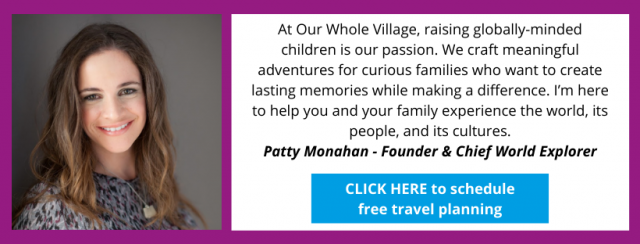Africa for Kids: Where to Go on a Big 5 Safari
ABOUT
At Our Whole Village, we plan meaningful vacations for families who want to create lifelong memories and show their kids the world in a more conscious and intentional manner.
WORK WITH US
We help families take meaningful vacations so that they can escape everyday life, show their kids the world and make lifelong memories - with care, confidence and peace of mind.
THE BEST FAMILY VACATIONS BY AGE
Your (free) guide to the top travel destinations for families with babies, teens and everyone in between.
DOWNLOAD NOW
ABOUT US
January 14, 2021
On an adventure to Africa for kids, there’s nothing more spectacular than seeing the “Big Five” in their native environments. What are the Big Five? They include:
- Lions
- Leopards
- Rhinoceroses
- Elephants
- Cape buffalos
“Big Five” populations exist in parks across South Africa, Kenya, Tanzania, and Botswana. Of course, there are no guarantees that all five will show up on your particular safari. After all, you’re dealing with wild animals. But you can up your odds of spotting these fantastic animals in South Africa, Kenya, Tanzania, and Botswana.
Here’s a basic breakdown of what each nation has to offer so that you can start narrowing in on the perfect destination for your Africa adventure.
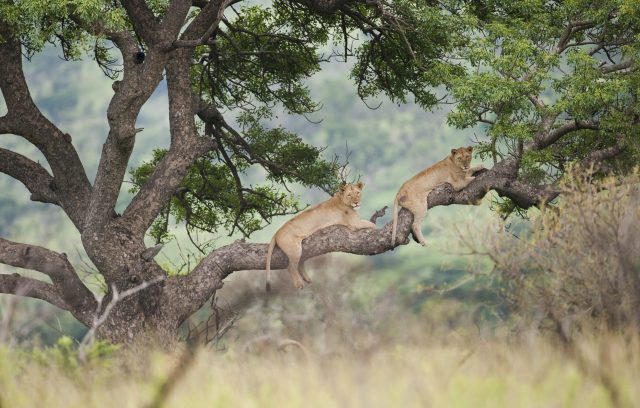
© Kierran Allen | Dreamstime.com
South Africa Safaris
Among the best spots in South Africa to observe the “Big Five,” Kruger National Park ranks at the top. Located in the northeastern part of the country, it’s one of the world’s largest game preserves. It covers a whopping 7,523 square miles (19,485 square kilometers) within the provinces of Mpumalanga and Limpopo.
Located in the Lowveld of Mpumalanga, the Sabi Sands Game Reserve sits adjacent to Kruger National Park. Named after the Sabie River, which flows along its southern border, the reserve measures 160,618 acres (650 square kilometers) and consists of several smaller private game reserves. Here, leopards prove common, and most tours see all five prized animals within a couple of days.
Consider the Eastern Cape or the Madikwe Private Game Reserve if you’re looking for a family-friendly experience without malaria-carrying mosquitos. Both afford excellent views of the “Big Five,” although leopards prove more elusive here.
A place like Kruger National Park packs in a lot to see in a reasonably small geographic space. That means you can safely see the full park in less than a week. This approach is economical for families on the go. That said, you should plan for a minimum of two full weeks in Africa to enjoy an optimal experience.
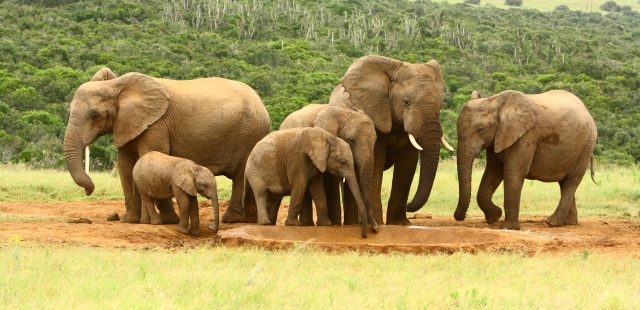
© Tamsindove | Dreamstime.com
Kenya Safaris
Suppose you can’t get enough of the adrenaline-packed movement of wildebeests, zebras, and other herd animals across the plains of Africa. In that case, you’ll want to visit the Masai Mara of Kenya. But many people forget that Kenya also contains populations of the “Big Five.”
Of course, your travel plans must also coincide with the time of year when the action typically occurs. For example, in Kenya, the migration lasts from July to November, with excellent chances of catching lions on the hunt at this time of year, too.
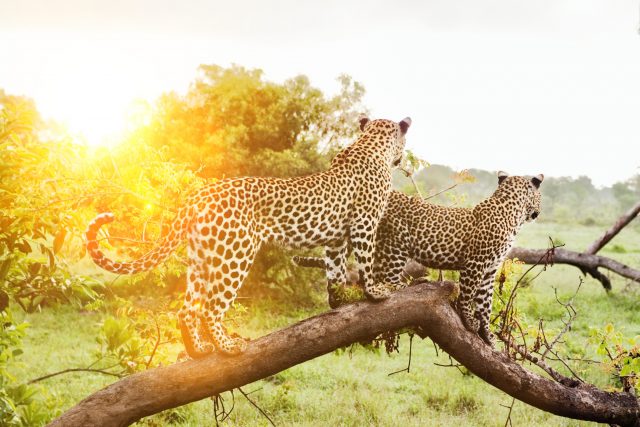
© Photographerlondon | Dreamstime.com
Tanzania Safaris
Tanzania’s Serengeti and Ngorongoro Crater offer amazing views of the Great Migration, which stretches from November to July. While Tanzania also boasts populations of the “Big Five,” it’s open grasslands appeal to herd animals more than rhinos and elephants. So, if your primary goal is attempting to see the Big Five, stick with South Africa.
That said, the African Serengeti remains iconic for so many reasons. You’ll be amazed by the sheer abundance of wildlife and endlessly stretching plains. If seeing large cats ranks at the top of your list, your odds look good here.
During the Great Migration, you’re more likely to see lions hunting or enjoying a fresh kill. Because the plains lack trees, you also stand a better chance of seeing leopards, which can prove difficult to spot in more heavily wooded areas.
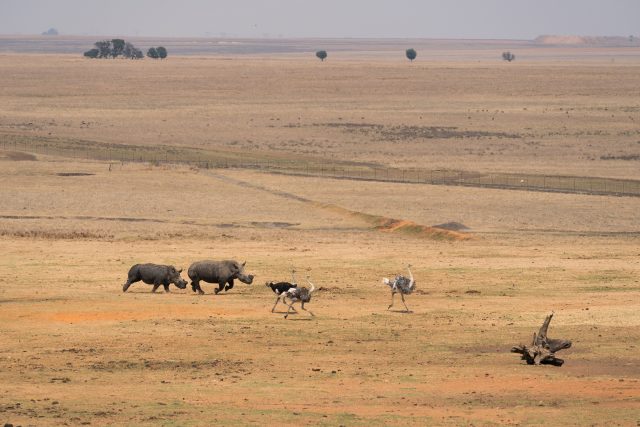
© Shuo Wang | Dreamstime.com
Botswana Safaris
One of the most pristine natural spots on the planet, Botswana offers unspoiled wildlife viewing opportunities. It features a diverse terrain and three complex ecosystems, with many chances to see “Big Five” animals.
Situated in the heart of the Kalahari Desert, Botswana also features the Okavango Delta, the world’s largest inland delta and a UNESCO World Heritage Site. It contains the Linyanti water systems and Makgadikgadi Pans, one of the world’s largest salt pans.
Animal observing is exceptional year-round. From May to September, during the dry season, herds of elephants make their way through Linyanti searching for water. You’ll also find many animals gathered at various water holes.
During the wet season (from November to March), feast your eyes on verdant landscapes in areas like the Makgadikgadi Pans, where flocks of migrating birds, including flocks of flamingos, gather. In recent years, Botswana has become more family-friendly, making it an excellent spot for an Africa vacation with kids.

© Lehmanphotos | Dreamstime.com
Africa for Kids
A safari to Africa for kids provides an excellent opportunity to see some of Africa’s most majestic and beautiful animals. But it’s not just about the “Big Five” and the abundant wildlife. Africa offers incredible cultural experiences and a chance to instill valuable lessons about conservation and sustainability.
Whenever you are ready, we are here to help plan the best African safari experience for your family. We will discuss your ideal “Big 5” and beyond safari experience, and how we can bring it to life for you, but also curate all those magic cultural activities that make a trip special and unique.
OUR SERVICES
HOME
COPYRIGHT © OUR WHOLE VILLAGE 2021
DESIGN BY GIRLBOSS DESIGNER | CUSTOMIZED BY ALEX COLLIER DESIGN
about
TRAVEL SERVICES
DESTINATIONS
BLOG
PLAN A TRIP
FREE TRAVEL GUIDE
TERMS AND CONDITIONS
hello@ourwholevillage.com
+1 305 432 2612
